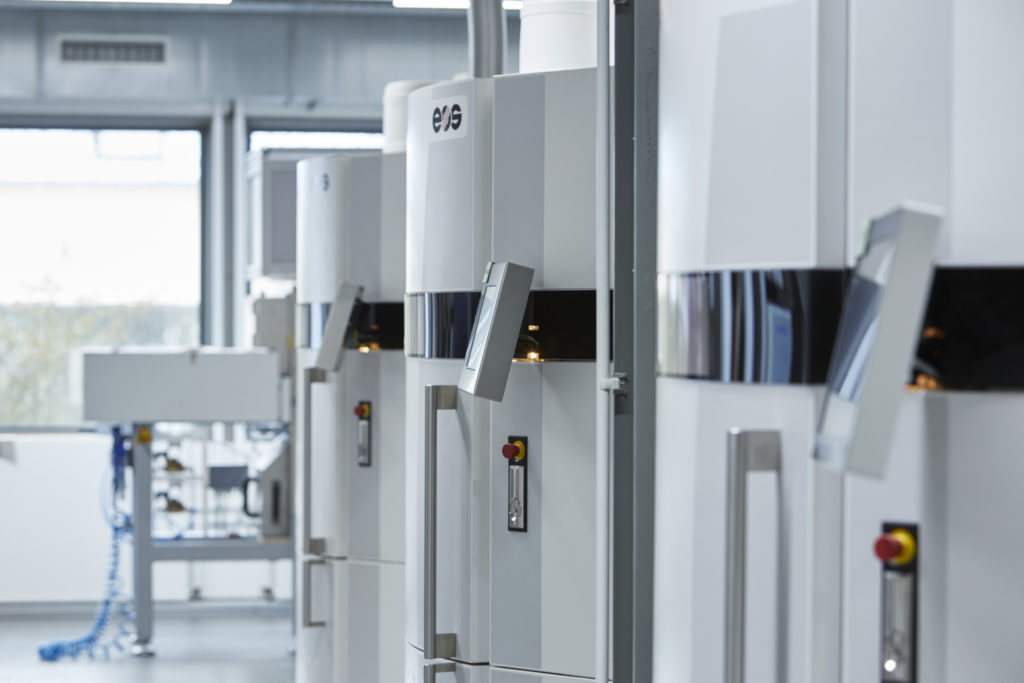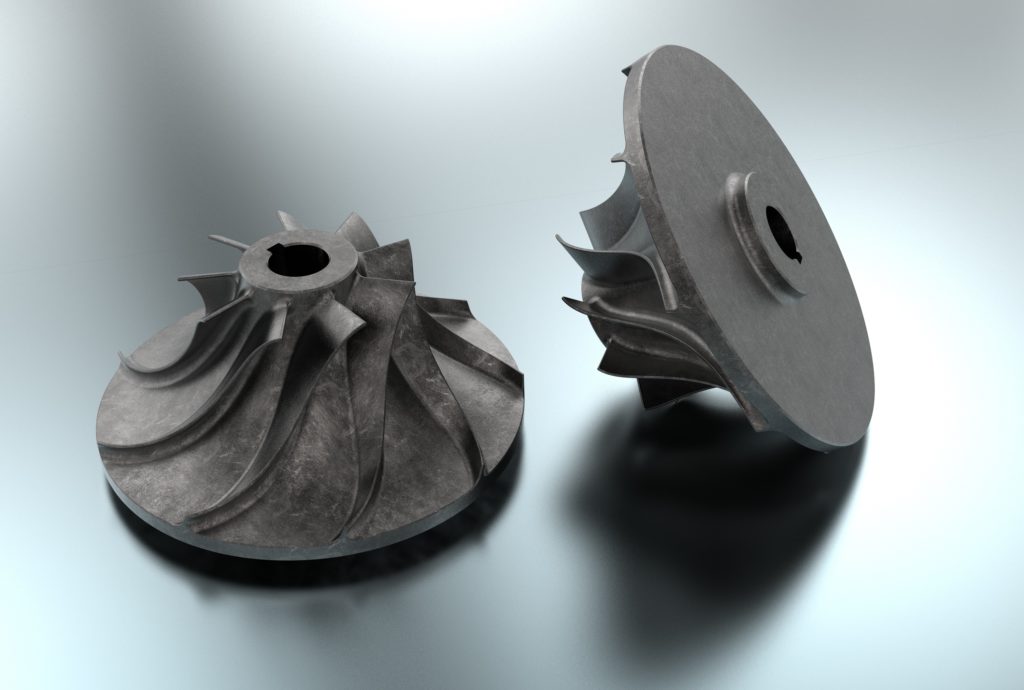
What Is 3D Printing?
How 3D objects are created
In 3D printing, different manufacturing processes are used for the production of three-dimensional components. Which method is used depends on the material and the intended purpose of the object. Before an object can be printed, the 3D model has to be divided into individual layers („slicing“). This means that two-dimensional data can be read out for each level, which are processed in succession by the 3D printer.
3D Printing Areas of Application
With the development of new materials and the optimization of manufacturing processes, the areas of application of 3D printing are also growing. Although prototyping is still the core application area here, the manufacture of products ready for series production for various industries is also gaining in importance.
History of 3D Printing
The development of the basic 3D printing processes began in the early 1980s when computer-based structural-component design became widespread. The inventor of 3D printing is generally considered to be the American Charles „Chuck“ Hull, who developed stereolithography and patented it in 1984. It was also he who defined the STL format, which is still regarded today as the file standard of additive manufacturing. At about the same time, selective laser sintering also emerged. At the University of Texas, Dr. Carl Deckard and Dr. Joe Beaman investigated a process which can produce a cast directly from CAD data. Deckard used a directional laser beam to merge powdery material to create a 3D object – the basic idea of selective laser sintering was born.


